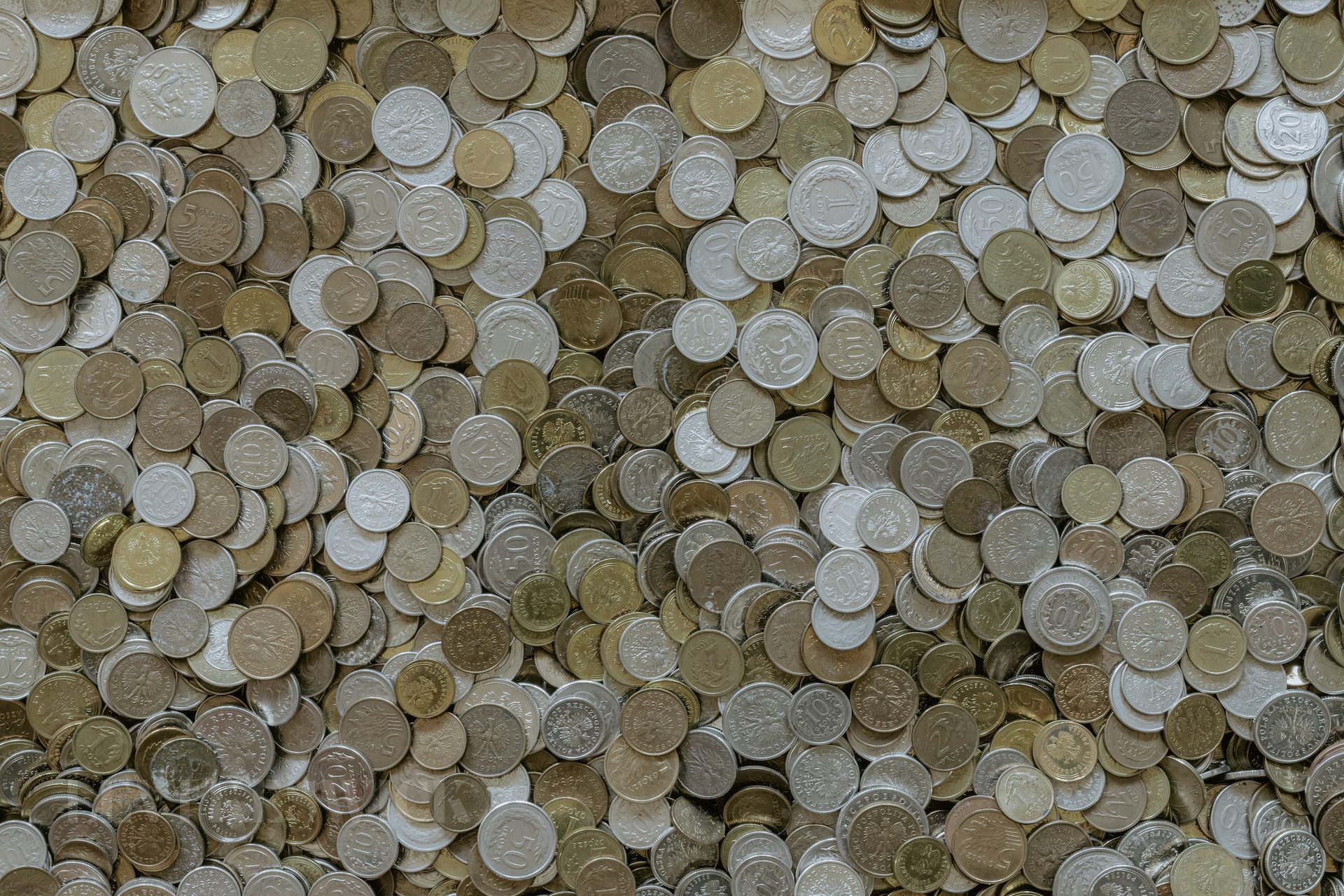Key Takeaways:
- The 1974 Jefferson Nickel, despite its widespread mintage, holds particular interest for collectors due to possible errors and its Full Steps variety.
- The nickel, released to replace the Buffalo (Indian Head) nickel, was designed by German immigrant Felix Schlag.
- The design of the 1974 nickel remained largely the same over decades, contributing to its historical significance.
- The value of the 1974 nickel can significantly increase due to certain errors or unique mint characteristics.
The Fascinating Legacy of the 1974 Jefferson Nickel
The 1974 Jefferson Nickel continues to captivate coin enthusiasts and collectors, mainly due to its rich history and the potential discovery of rarities in the form of errors.
Origins: From Buffalo to Jefferson
The Jefferson Nickel came into existence in 1938, as a successor to the Buffalo Nickel, marking a new era in five-cent coins. The replacement followed a public design competition offering a $1,000 prize, ultimately won by Felix Schlag. His design, inspired by a portrait of President Jefferson by Gilbert Stuart, won the endorsement of then-President Roosevelt and became the face of the new nickel.
Unique Features of the 1974 Nickel: The Schlag Design
In 1974, Jefferson Nickels were issued from three mints. While most were produced by the Philadelphia mint, a smaller portion was minted in San Francisco as proof coins. Despite its high production, certain features make the 1974 nickel stand out. The obverse of the coin bears President Jefferson’s portrait, surrounded by the inscriptions “IN GOD WE TRUST” and “LIBERTY”. The date of issue and mint mark (for Denver and San Francisco minted coins) can be found beneath the portrait.
The reverse of the 1974 nickel displays Monticello, Jefferson’s historic home, at President Roosevelt’s insistence. Surrounding the depiction of Monticello are several inscriptions, including the denomination, “UNITED STATES OF AMERICA”, and the traditional American motto, “E PLURIBUS UNUM”.
Looking for Errors: The 1974 Nickel Error List
The main allure of the 1974 nickel for many collectors lies in the possibility of discovering errors that can significantly increase the coin’s value. While the comprehensive 1974 nickel error list varies, some notable errors include:
Full Steps Jefferson Nickel
A mint state nickel featuring full steps on Monticello’s building is a highly sought-after variant by collectors. Despite being part of the mass production, Full Steps nickels are relatively rare due to the specific striking conditions needed for the steps to appear sharp and clear.
Off-Center and Double-Die Errors
Other errors that can augment the value of a 1974 nickel include off-center strikes and double-die errors. Off-center strikes occur when the coin is not perfectly aligned with the dies during production, while double-die errors result from the misalignment of the coin die during a second impression.
Overmintmarks and Repunched Mint Marks
Overmintmarks (OMMs) and repunched mint marks (RPMs) can also add to the coin’s value. Overmintmarks occur when a coin bears traces of a previous mint mark underneath the current one. On the other hand, RPMs are seen when a mint mark is punched over an existing one, causing a doubled effect.
Unraveling the Value of the 1974 Nickel
The Jefferson nickel of 1974, although prevalent in circulation, holds a potential treasure trove of errors and unique features that can substantially increase its value. This makes it an enticing prospect for coin enthusiasts and collectors, offering a rewarding experience of discovery. The intricacies of the 1974 nickel, coupled with its historical significance, make it a noteworthy coin that continues to fascinate numismatists worldwide.








